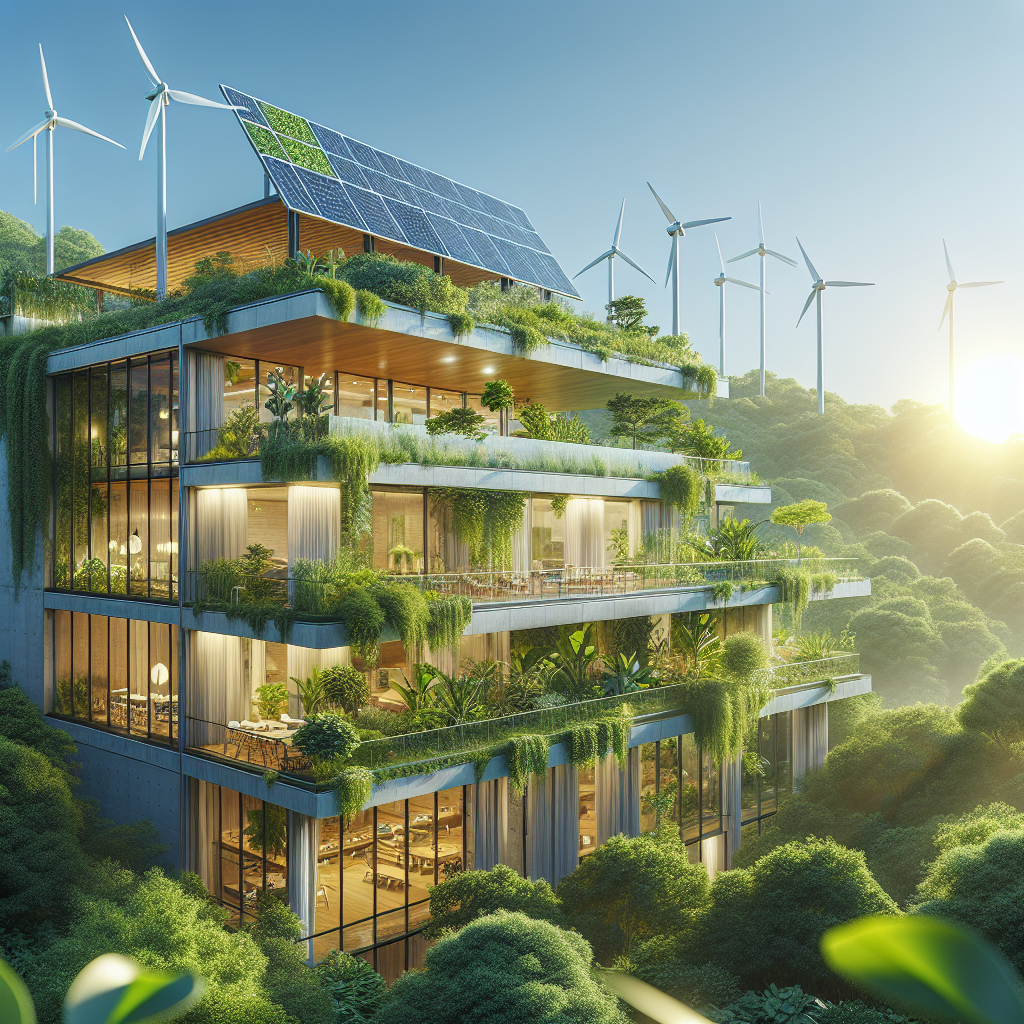Eco-Friendly Building: Beyond the Buzzwords
In the wake of global climate change and the increasing awareness around the impact of human activities on the environment, the concept of eco-friendly building has transitioned from a niche interest to a mainstream priority. However, as the movement gains traction, it’s essential to move beyond the buzzwords and delve into the tangible practices, benefits, and challenges of eco-friendly building.
Understanding Eco-Friendly Building
At its core, eco-friendly building, also known as sustainable construction or green building, refers to the practice of creating structures and using processes that are environmentally responsible and resource-efficient throughout a building’s life-cycle: from siting to design, construction, operation, maintenance, renovation, and demolition.
This approach seeks to reduce the environmental impact of buildings by enhancing efficiency and moderation in the use of materials, energy, and development space. Eco-friendly building encompasses a wide range of practices, from leveraging solar panels for energy to using non-toxic, sustainable materials during construction.
The Pillars of Eco-Friendly Building
Energy Efficiency
One of the cornerstone principles of eco-friendly building is energy efficiency. This can be achieved through the use of renewable energy sources such as solar, wind, or geothermal energy. Additionally, incorporating energy-efficient appliances, LED lighting, and high-efficiency heating and cooling systems can drastically reduce a building’s carbon footprint.
Water Conservation
Water conservation strategies are pivotal in sustainable building designs. Techniques include rainwater harvesting, the use of water-efficient appliances, and the implementation of wastewater treatment technologies that allow for the reuse of greywater for irrigation and toilet flushing.
Material Sustainability
Choosing sustainable building materials is crucial for minimizing environmental impact. This involves opting for locally sourced materials to reduce transportation emissions, using recycled or rapidly renewable materials, and selecting products with low volatile organic compounds (VOCs) to improve indoor air quality.
Indoor Environmental Quality
Creating a healthy indoor environment is a key aspect of eco-friendly building. This involves ensuring adequate ventilation, utilizing natural light to its fullest potential, and selecting materials that contribute to good indoor air quality, thus enhancing the wellbeing of the occupants.
The Benefits of Eco-Friendly Building
The advantages of adopting eco-friendly building practices are manifold. Environmentally, it helps in the significant reduction of waste, greenhouse gas emissions, and the depletion of natural resources. Economically, it can lead to substantial savings on energy and water bills over time. Additionally, buildings designed with sustainability in mind often offer higher comfort levels and better air quality, resulting in healthier and more productive living and working environments.
Addressing the Challenges
Despite the clear benefits, the path to eco-friendly building is not without its challenges. Initial costs can be higher than traditional construction, although these are typically offset by long-term savings. There is also a need for a skilled workforce familiar with green building practices and for more widespread adoption of these practices in local building codes and regulations.
The Future of Eco-Friendly Building
The future of eco-friendly building is promising, with technological advancements and innovative materials continuously emerging. The integration of smart technology and the Internet of Things (IoT) in green buildings for better energy management is an exciting development. Moreover, the growing emphasis on net-zero buildings, which produce as much energy as they consume, points towards an increasingly sustainable construction industry.
FAQs
Q: What makes a building eco-friendly?
A: An eco-friendly building is designed to minimize its environmental impact by using energy and water efficiently, employing sustainable materials, and providing a healthy indoor environment.
Q: Are eco-friendly buildings more expensive?
A: While the initial costs can be higher, eco-friendly buildings often lead to significant long-term savings on energy, water, and maintenance costs.
Q: Can older buildings be made eco-friendly?
A: Yes, older buildings can be retrofitted with energy-efficient systems, better insulation, and other modifications to improve their environmental performance.
Q: How do eco-friendly buildings contribute to health?
A: They improve indoor air quality through the use of non-toxic materials and effective ventilation systems, contributing to the overall health and well-being of the occupants.
Q: What is the significance of LEED certification?
A: LEED (Leadership in Energy and Environmental Design) certification is a globally recognized symbol of sustainability achievement and leadership. It provides a framework for healthy, efficient, carbon, and cost-saving green buildings.
Eco-friendly building goes beyond mere buzzwords to represent a profound shift in how we think about and construct the spaces in which we live and work. By embracing the principles of sustainability, we can ensure a healthier planet for future generations while reaping the economic and health benefits these practices offer today. The journey towards eco-friendly building is an ongoing process, one that requires the commitment of not just the construction industry but society as a whole.

